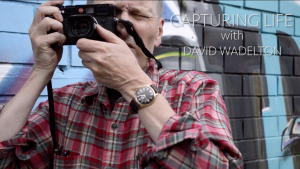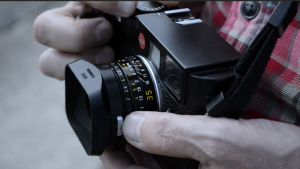This week’s workshop was cancelled, which is a shame, but my group took the time to discuss and research for the upcoming project anyway. We’re doing audience, and if I’m honest we’re all a little collectively confused by the brief. There’s still a lot of time until it’s due, but we wanted to start brainstorming now because we don’t want the time to run away with us. Everyone did a little research on what audio/video essays actually are, which I didn’t know about at all before this brief. I found some really helpful video explanations of things. We also did some research just on Audience – our topic – which I feel slightly more confident with. I actually did quite a bit of audience related work in Year 12 Media, so I wrote a list of some things I could remember just off the top of my head. Here it is!
Audience is an individual or collective group of people who consume media texts. This consumption can be categorised in a variety of ways. Over the years, many theories have been developed in order to ascribe types of media consumption and media influence from the perspective of said audiences.
Some well known theories are the Hypodermic Needle Theory – the theory that suggest audiences are entirely dictated by the media they consume, the Agenda-Setting Function theory – which believes media cannot decide what people think but can ascribe what to think about.
Audiences can be radio listeners, television viewers and movie goers. Audiences occur whenever there is media to consume – from advertisement to novels.
Terms like ‘target audiences’ exist in order to create media specific to a type of individual which the media creator wants to view their product. For example, the movie Frozen has a target audience age of children, and possibly even of gender. Target audiences are also important when it comes to rating the appropriateness of a film, novel or TV show. That’s when ratings from G – General, to R18+ are used to tell people what media is consumable for them. Target audiences (and audiences overall) help categorise media and make it profitable. Without audiences, media cannot make money or even be produced in the first place, as there would be nobody to consume it.
There are several types of audiences, ranging from impressionable to sceptical when it comes to the level of influence media has on them.

